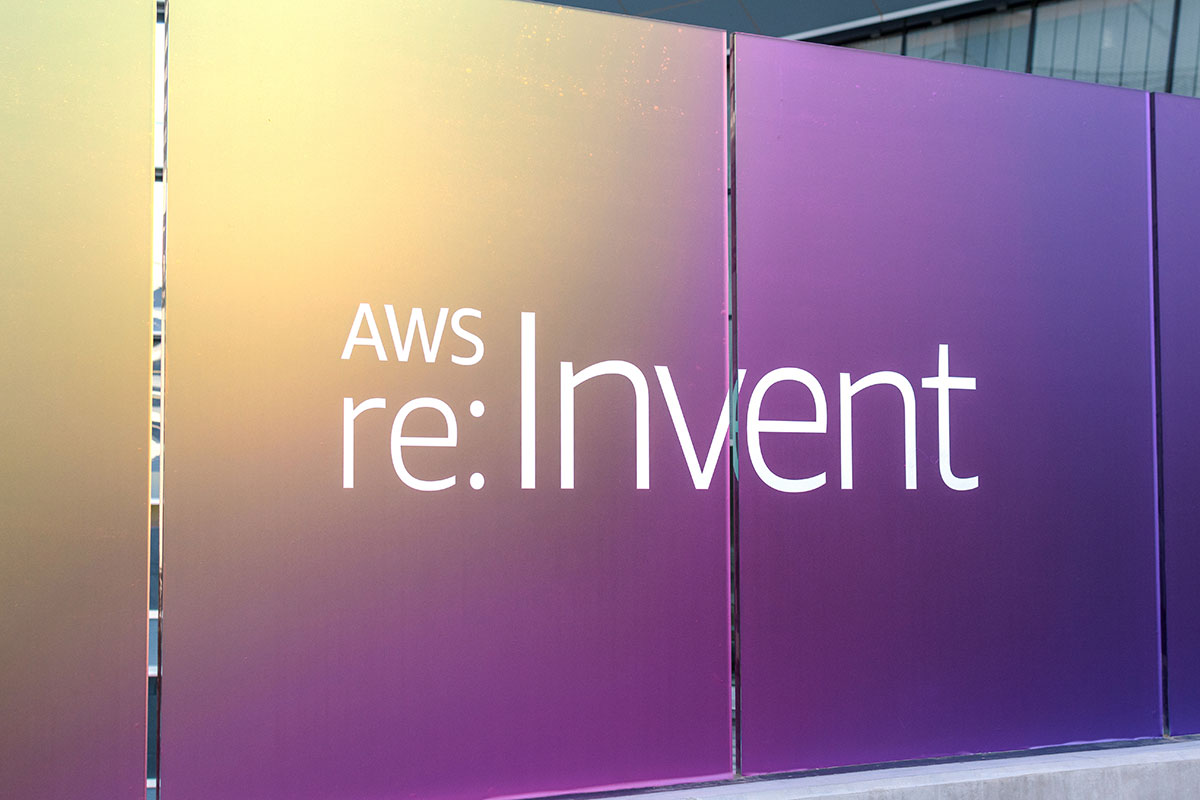
How and When to Use Microservices and Serverless Computing… and When Not to

In the last several years, microservices and serverless architectures have become increasingly popular. These approaches are especially suited to enabling enterprises to keep pace with the demands of digital, so it is easy to understand why their adoption is on the rise. Making the transition to microservices or to serverless is a big decision. Enterprises need to take into consideration many factors, not least how these systems will help them achieve their digital goals, with the budget, technical expertise and bandwidth they have available.
Additionally, there is the hype factor. Every decision maker in tech knows the feeling of having to evaluate whether the latest technologies such as unikernels and AIOps are passing fads or a meaningful progression. Both microservices and serverless computing have their evangelizers, and yet there are still a great number of organizations doggedly sticking to the monolithic way of developing and delivering apps. We are going to take an objective look at these different technical approaches.
There is a lot to love with microservices
Monolithic systems can be great, until you need to make a change to them. At that point they suddenly feel clunky as new requirements run the risk of bringing the system down, necessitate a lot of testing and this, if carried out manually, takes a long time. Microservices, that is, a system of loosely coupled parts that make up the same whole, are a neat answer to this problem as each microservice can be developed, tested and scaled independently without compromising the performance of the application as a whole. They are supremely suited to the cloud native environment. Netflix is the example most often given of microservices working at their best.
However, not every enterprise is like Netflix. Microservices cut out the complexity of managing performance across a monolithic app, instead swapping it for different orchestration and management responsibilities. Kubernetes and Docker have been important tools in simplifying some of that workload, but microservices are still a relatively new way of developing and delivering services which inherently means that many organizations either lack the skills or other resource right now to implement them. For microservices newbies, managing a large number of services that make up a system can be tricky.
The bottom line:
Adopting microservices will not suit every organization. If they have not yet started to embrace DevOps, or if the relevant skills just are not there, enterprises may not be able to take full advantage of the benefits of microservices. However, do not mistake microservices for a passing fad. They are the future direction of travel for digital engineering. Partnering with the right digital services consultancy short term, while hiring or training your own people could be a good option for accelerating your digital maturity and helping bring improved releases to market faster. Microservices are enabling powerful, exciting, scalable, responsive and frankly awesome apps such as would not be possible within a monolithic structure.
Evolving digital with serverless
Serverless computing is the other big mega-trend that goes hand in hand with microservices as part of the wider cloud native development and delivery environment. The serverless approach does not do away with servers, of course, but it does take away the resourcing and maintenance that saps time from a stretched DevOps team, which could more usefully be spent focusing on the things users care about. Serverless enables an organization to easily add new features since provisioning the infrastructure is in the hands of the cloud providers. For this reason, scaling services is quick and easy. Serverless is helping deliver products to market faster, often packed with more interesting, experimental features. Last but certainly not least, the pricing model is another big advantage. With serverless, organizations pay only for the resources they use.
Serverless does not suit all environments, all the time, however. While its pricing is attractive for many types of project, long-running tasks can rack up higher fees than the traditional model where organizations reserve their compute power in advance. Vendor lock-in coupled with the complexity associated with this new approach can seriously put companies off from going down this route.
The bottom line:
Building, deploying and operating on all-cloud platforms like AWS, Azure or GCP enables organizations to take advantage of today’s cloud-native capabilities for maximum speed, agility and efficiency. The potential downsides involving vendor lock-in can be mitigated to a certain extent by carefully weighing up the relative merits of the different frameworks and tools to figure out the best fit for your organization.
Hybrid computing: the best of both worlds?
Enterprises are often reluctant to give up on their monolithic systems, especially if they are working well because “legacy systems are only legacy because they’ve been successful enough to last this long.” For organizations that are caught between wanting to upgrade to a more modern, responsive way of delivering digital products, but are concerned about the risk and upheaval of such a system change, a blended solution is a pragmatic answer. This enables teams to take advantage of the speed, scale and nimbleness of cloud, while also enjoying the speed advantages that the simpler monolithic architecture affords.
The increased use of serverless computing and microservices has been spurred on with the recent rise in multi-cloud solutions, that is, the use of microservices across different cloud environments. Teams who want to accelerate their cloud-native development while retaining the control associated with native builds are increasing choosing hybrid solutions. To learn in detail how to win automated testing in hybrid environments, watch Apexon’s webcast, Test Automation Best Practices for Hybrid Apps or get in touch using the form below.




